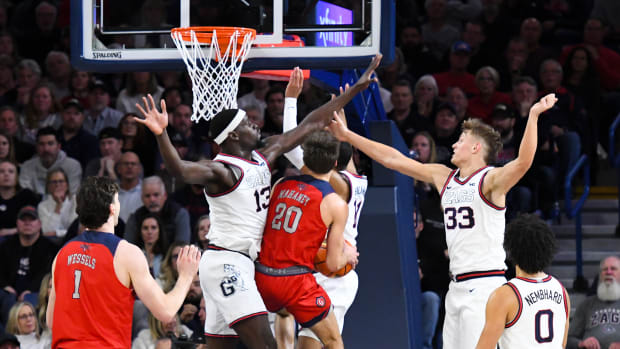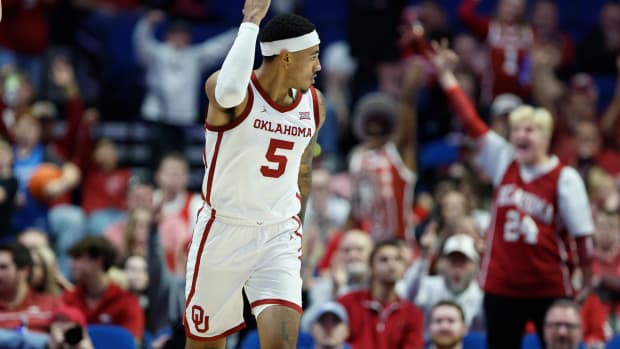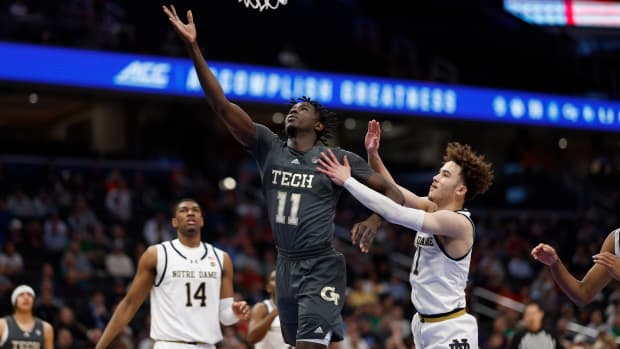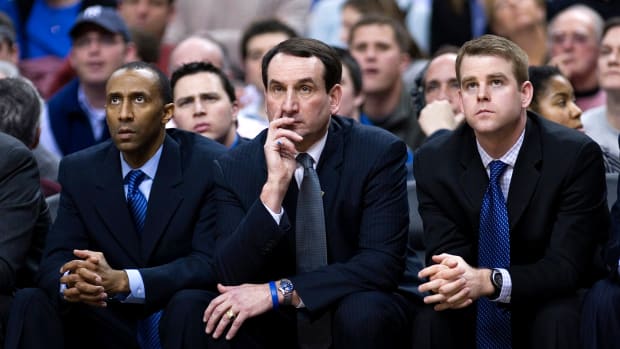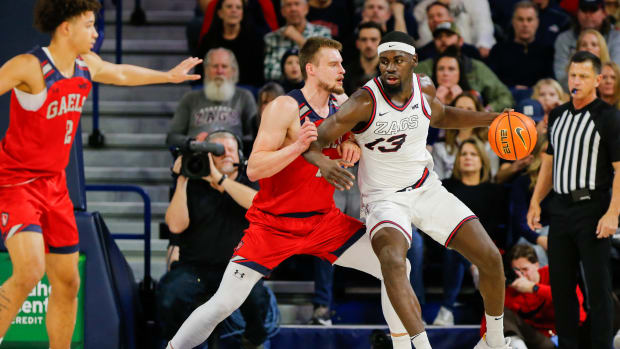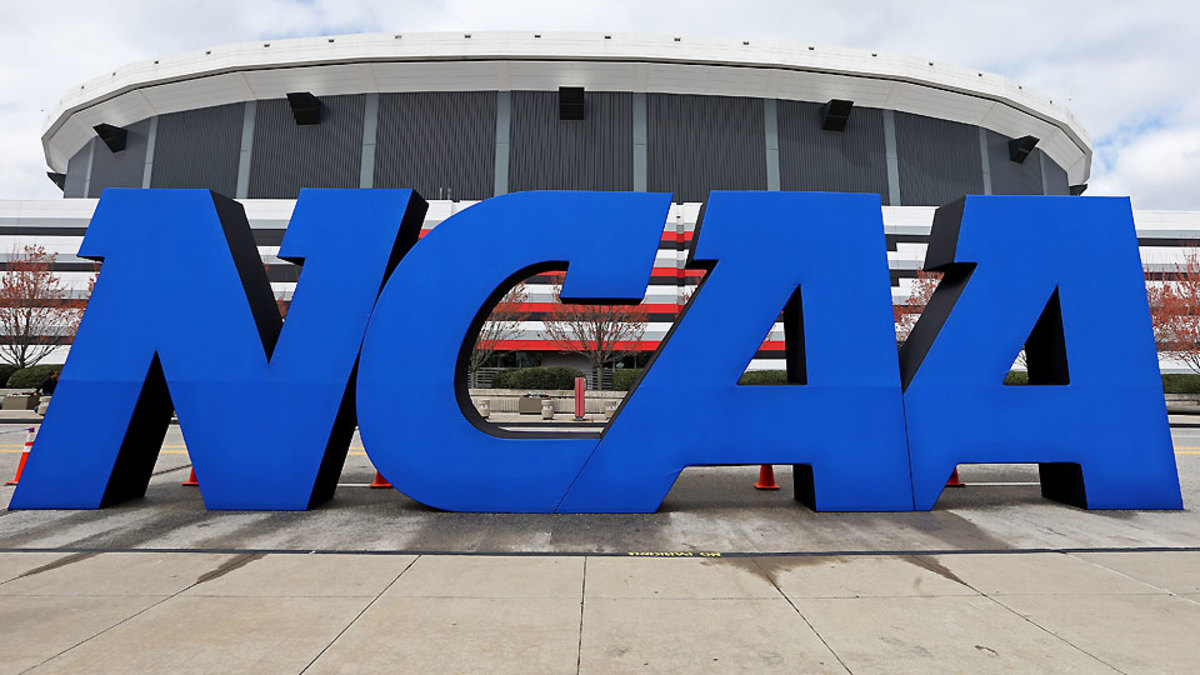
The case for college basketball becoming a one-semester sport
Jamie Zaninovich is the Pac-12’s deputy commissioner and chief operating officer. He spent seven years as the commissioner of the West Coast Conference and has served on the Division I men’s basketball committee for the NCAA tournament.
We’re at a point in college basketball where the trend lines aren’t positive. Attendance is down. So is scoring. The regular season is facing a relevancy issue. The quality of play, which can be traced back to the youth level, has dipped. We’re not at a point of desperation, but you don’t want to wait to get there in order to put big ideas on the table.
• SETH DAVIS: How college basketball scoring declined & how to fix it
There’s no single magic bullet that can fix the issues facing college basketball. But we need to be looking at changes that are more revolutionary than evolutionary. What I’d like to suggest is starting a national conversation about pushing the start date for the season back about a month and making college basketball a one-semester sport.
This isn’t a Pac-12 initiative, but rather a request to take a long look at the benefits and drawbacks—both on the court and in the classroom—of a change in the season’s schedule. It would begin in mid-December, after final exams, in the relative quiet period between the football conference championship games and marquee bowl games. This would push the Final Four back from the first week in April to the first week in May. By pushing the start of the season back, it would give college basketball a cleaner window—and less competition from college football—to start the season. It would also give the sport less competition in the final months, as a conference season starting around Feb. 1 would help the sport escape the shadow of both college football and the NFL.
There’s three distinct potential benefits on campus from starting the regular season at the end of the first quarter. First off, I think leadership on campuses would embrace the fact that basketball players get an entire quarter
to focus on school after they arrive on campus, I believe. The second academic benefit would be keeping the elite-level players on campus for longer, helping them work toward graduation instead of potentially leaving campus in March. The final result would resonate more with fans—creating an energy to the start of the college basketball season, sustaining it through the traditional bowl season and then carrying it through the league schedule and into the NCAA tournament.
This isn’t an original idea, as former SEC commissioner C.M. Newton said for years that the season should start after fall exams. It’s difficult to introduce an idea like this at the NCAA level and start a conversation about it, but I hope that the NCAA’s new Division I men’s basketball oversight committee, chaired by UCLA athletic director Dan Guerrero, can be a place where this idea is studied and discussed. There are plenty of other ideas that will be discussed to improve the game—lowering the shot clock to 30 seconds, making officiating more consistent, moving to 10-minute quarters and improving the way the game is taught and played on the youth level. All are worthy of discussion.
• MORE CBB: Villanova steals Gonzaga's No. 1 seed in latest bracket projection
There have been a handful of revolutionary changes the past few decades that have been positive for the game—adding the 3-point line and introducing the shot clock among them. They were widely debated at the time, as I understand it, but a small number of influential leaders took them up and they’ve improved the game. I think with the trends in the sport going the way they are, we need to get some big ideas on the table for serious discussion.

